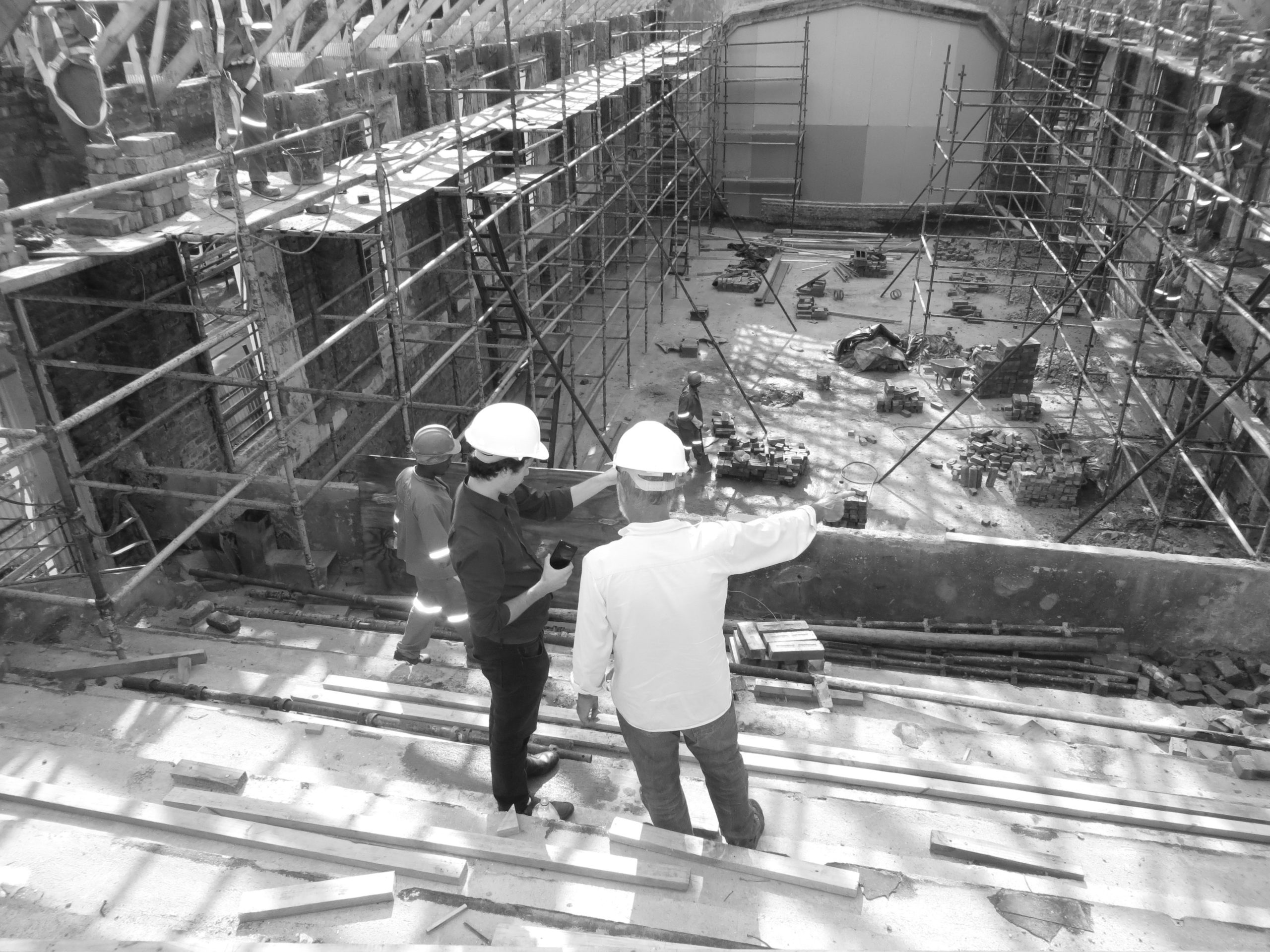Collecting Data For Sustainable Procurement In Construction

Over the last few weeks we have been looking at setting a sustainable procurement framework in the construction industry, and what kind of data is needed to assist with this process. In this article we will look at how to best collect data. Specifically, we introduce some of the methods that can be used to collect relevant sustainability data during the procurement process.
Request relevant documentation
The first source of data in a procurement process will be the documents which include project specifications regarding resource use. These can normally include detailed information on material use, vehicle and machinery use, and itemised labour units. They are normally used as the basis to determine the cost of the project, and contain most of the project’s relevant data. These documents can be sometimes referred to as Cost Reports, Bills of Quantities (BOQ), or Schedule of Works.
How the data is collected will be determined by whether, before the start of the project, the procurement authority establishes a detailed plan of all the resources that should be used during the project (including quantities, and qualities), or it specifies what targets the project should meet, and requires the bidder to provide specific data on all the resources they will use in order to meet the targets. For example, we know that steel, glass and concrete are the most carbon intensive materiel, so specifications to use lower carbon materials could be considered here, alternatively, specifications on working with architects to remove unnecessary materials.
Gather evidence during implementation
Once the project specifications are set, there are different ways to collect relevant data in order to monitor implementation. Below are some examples of ways this can be done.
Questionnaires.
Questionnaires can be designed to capture the desired data variables during the project. To ensure that all relevant data is collected, these questionnaires should be designed both for the main contractor in the project, and all the subcontractors and suppliers in the supply chain.
Quality control reports.
Construction projects are usually divided into certain milestones. These milestones are usually designed to monitor progression, and establish when payments from the contracting authority to the supplier are going to be made.
Sometimes, whether a milestone is met also depends on the quality control reports that are submitted by the supplier. These reports include all the relevant information regarding quality standards, and relevant tests, that have been carried out according to the agreed terms.
It can be established that these reports also include relevant data on sustainability variables (i.e. data regarding the use of sustainable, recycled, or reused materials).
Material and waste registries.
- The supplier can set up a “Materials Register”, indicating provenance, quantity and destination of all materials used during the project, this list should be available to the procuring agency for evaluation. To monitor the use of sustainable materials, the procuring agency can also require the supplier to submit proof of purchase of these materials, together with any document that guarantees compliance with agreed characteristics.
- To monitor compliance with Site Waste Management Plans (SWMP), a registry can be used to record each time a waste container leaves the site. To facilitate this process, there should be someone in charge of monitoring waste management, and training relevant stakeholders.
Third-party audits.
Involving third-parties to audit the project is one way to collect relevant data. Sometimes procurement authorities hire a specialist consultancy to monitor the sustainability of a specific construction project.
This company will collect the relevant sustainability data set on the tender documents. This is common in projects funded by development banks. The supplier can also include hiring a third-party to monitor the sustainability of the project as part of their proposal to meet the targets set in the tendering documents.
Task forces.
One of the ways to monitor construction projects is to designate a dedicated government Task Force to visit construction sites intermittently and without previous notice. This can be especially useful to collect any relevant data on labor conditions.
Civil society engagement.
Monitoring construction projects can require a lot of workforce and, often, public agencies do not have the resources to monitor and collect data from all ongoing and past construction projects. For this reason, engaging civil society in monitoring activities can be particularly useful in the construction sector. Citizen collaboration can be required to collect data on health and safety measures, labor rights, and corruption (i.e. abandoned projects).
The methods that will be used during the project to collect the data should not only be contractually agreed between the main contractor and the procuring authority, but also between the contractor and its subcontractors and suppliers.
All contracts should include a clear description of the data that will be collected, when it will be collected and the methods that will be used. Consequences and responsibilities in case of non-compliance should also be included.
Resources.
Templates for BOQs and SWMPs:
The EBRD has developed a BOQ template for “fit-out” project, which is a construction stage where a built space is prepared for occupation. This template can help as guidance to understand what type of data is gathered in BOQs in construction projects.
Case study
Copenhagen has established a task force for monitoring compliance with labor clauses of all suppliers in construction projects, and obtaining relevant data.
The task force consists of nine people, and is entitled to visit all types of workplaces in Denmark at all times, monitoring pay and working conditions. They combine on-the-spot inspection with investigations into the conditions of specific employees based on documentation of pay, working hours, tax, etc.
Case study
Engaging civil society in monitoring activities:
Peru has established a system that allows citizens to visit construction sites at the beginning, during, and/or completion of public works in order to monitor the construction progress.
Colombia has developed an app in order to promote the citizen control of white elephant projects (neglected, abandoned or over-billed public works projects).
Finally, there is an opportunity here to implement life cycle costing analysis, a valuable tool in assessing and managing the long-term cost of maintaining an asset. You can find more information here in our article Measuring Life Cycle Costing.
If you’d like to talk to us in more detail about our government procurement data, our international export agency tools and services or our data API, get in touch.
Image courtesy of Mark Potterton



